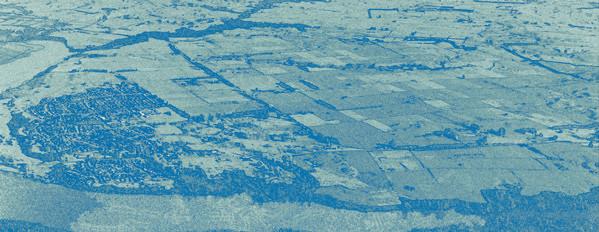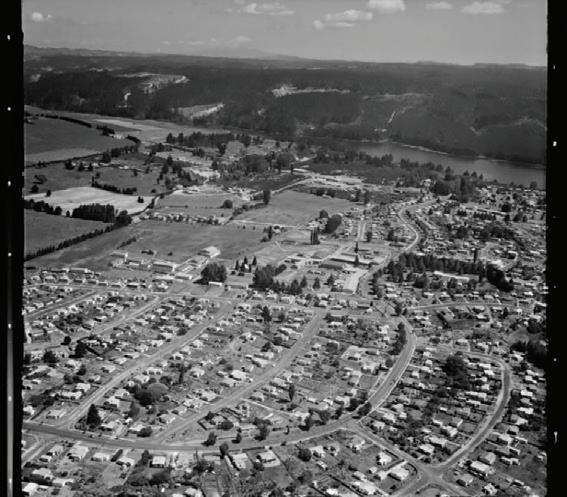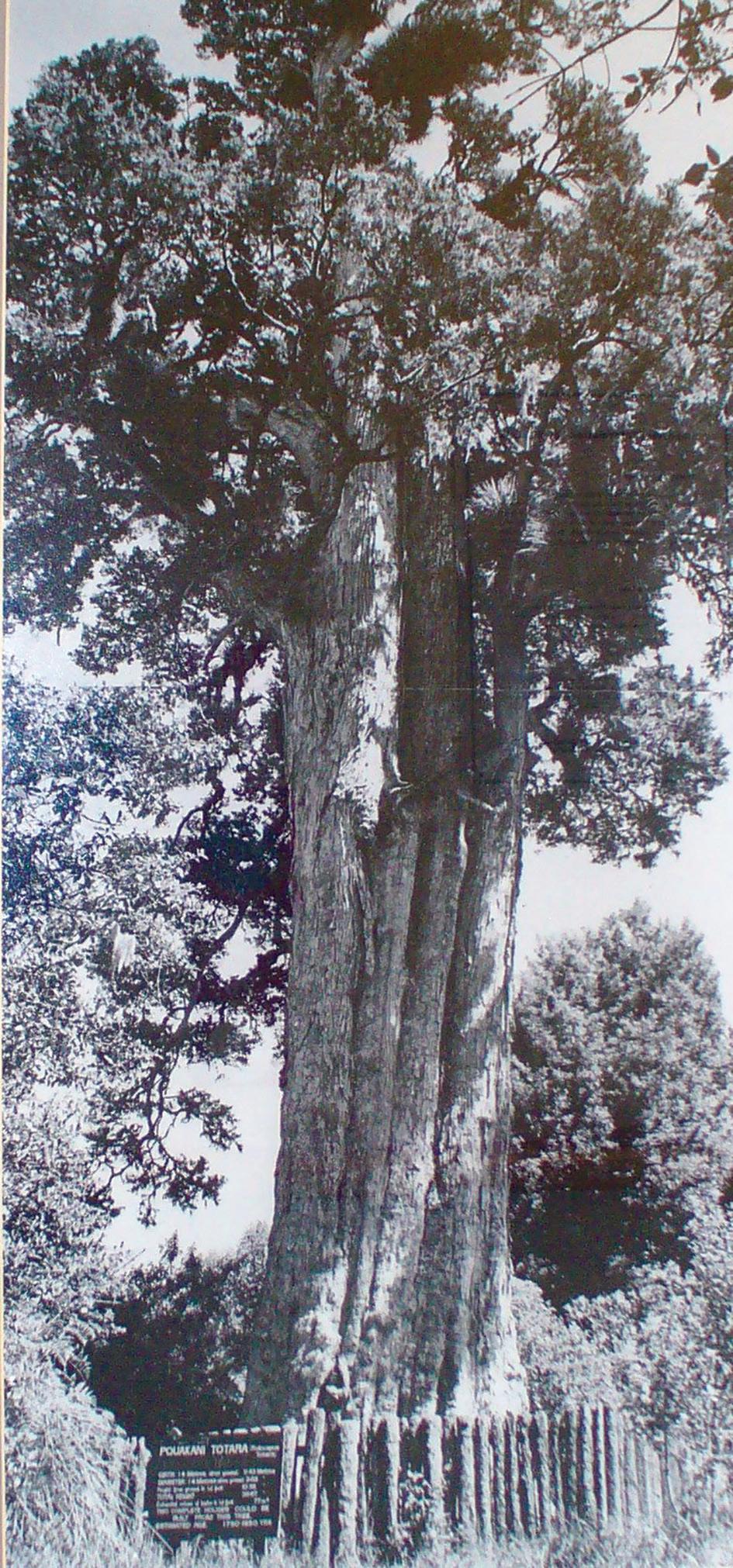
5 minute read
More memories from the 1970s – John Stevens
from Mailer 64 Dec 2021
by WaiMoana4
More memories from the 1970s
John Stevens continues with memories of visits to Mangakino in the 1970s and beyond.
Advertisement
Driving all the way to Mangakino on a Friday evening and returning on Sunday was not my favourite sport after a week at work and so, after a number of journeys, I persuaded the committee to think about flying to Taupò and renting a car from there. In those days there was no direct flight. The Friendship service went through Whanganui. It’s interesting to note how Air New Zealand’s support of a Wellington-Taupò service has waxed and waned over the years.
As the secretary, Donald Spiers, always went to Mangakino a few days before a meeting, it fell to me to organise the team, getting some down from Wairarapa and getting us checked in and on the way. For some it was a new experience as they had never flown before.
We often joked about the possibility of a direct charter flight to Mangakino and did take up the charter option on one occasion when committee members were keen to get to Taupò earlier on a Friday afternoon for interviews for a new general manager. As our charter flight approached the Central Plateau we were faced with a wall of black cloud. Our pilot said: ‘I’m not going there!’ and contacted Whanganui airport for a diversion, being told that the Friendship from Wellington had just touched down. Somehow, he was able to arrange for us to transfer to the Friendship on the tarmac and we eventually arrived in Taupò at the usual time. There was no more talk about charters after that!
The general manager appointed at that time was George Evans, who had been a farm supervisor for Mangatu Blocks for many years. Unfortunately, George was not universally accepted into the Mangakino/Pouàkani team but my own

Mangakino 1976 John Stevens

experience was favourable. He knew his stock. A property for which I was a trustee was struggling and the owner was obsessed with pasture development and the Land Development Encouragement and Livestock Incentive Schemes. When I visited the property with George the owner was waxing eloquently about the green swards of new pasture but George took me aside and showed me how unhealthy the stock was.
Meanwhile, where was Mangakino going. The first signs of further decline in the viability of the township were becoming evident as families who had remained after completion of the hydro works were moving on, job opportunities at Kinleith were decreasing and the people moving in were either beneficiaries looking for cheap rents or cheaper houses to buy.
After the closing of the clothing factory, the committee of management and marae committee were keen to see some diversification away from residential and commercial leasing. Among initiatives explored, unsuccessfully, were a toy factory, a slink skin factory, flower growing and horticulture, including grapes. Some will remember the Leucadendron flower export project. That is a long-stalked woody plant which was in favour overseas for large floral arrangements. Export prices were very attractive. The main planting was near dairy farm 18 but some were also planted
around the marae and there might still be a few surviving behind the punga fence around the paepae.
Rent collecting was becoming increasingly difficult and many lessees were not paying their rates which then became a cost to the Incorporation. Also, leases were coming up for rental reviews with large increases as inflation hit us all hard.
With the help of geography professor, Ray Watters, whose wife Beth was a shareholder and committee member, the committee commissioned a social survey of the town, undertaken by two of Ray’s students, Joe Williams and Whai Dewes, during their summer vacation. Of course, both have gone on to much greater things and are now at the top of their professions in the legal and commercial spheres. Their report confirmed the committee’s concerns about the changing profile and declining viability of the township.
At the same time there were big changes in the rural sector. Dairying was struggling. The farms in the Pouàkani Development Scheme were run down, too small, and needed significant capital investment. In the neighbouring Whakamaru Lands & Survey Department farm settlement scheme, dairy operations were closed down and the dairy units were surrendered and amalgamated into larger sheep units. Some of the leading Mangakino/Pouàkani owners were keen to withdraw from dairying because of their worries about the risk of further debt. Others, including myself and other advisors, stuck our necks out and were very unpopular. But at Pouàkani, unlike Whakamaru, all the land was in the hands of one owner group, making it much easier to adjust farm sizes and make use of the surrounding sheep and cattle stations.
Another consequence of the downturn in dairying was that the Board of Màori Affairs, which administered the Pouàkani Development Scheme, was finding it difficult to attract new lessees to take up vacant farms. Martin Parker, himself a successful dairy farmer in Wairarapa, came up with the idea that the Incorporation lease a farm from the Development Scheme and manage it itself. This took the Scheme officers by surprise but eventually a lease was taken of Farm 5. This forward-thinking development could be said to be the precursor of the highly successful dairy farming at Pouàkani today. To honour Martin’s contribution, including overseeing the management and development of the farm, the committee had the owners agree to it being named Màtene Farm. Sadly, farm amalgamations and forgotten history has meant that the name was lost.
Meanwhile the forestry development was proceeding apace. The pines were growing very fast. On one of my last journeys with committee members all the way from Wellington, we went into the southern forest to inspect the new plantings and visit the giant totara which had been protected in a reserve. There were insufficient farm vehicles available for the whole party, so I was asked to take the rental.
As we got into the forest, we found that the trees were growing so well that they were closing over the access track and brushing against the sides of the vehicles. When we got back to the hotel, I found that the sides of the car were covered with fine scratches. However, before returning the car on Monday morning, I gave it a good wax rub-down. Avis didn’t notice a thing!

Poua¯kani Totara




